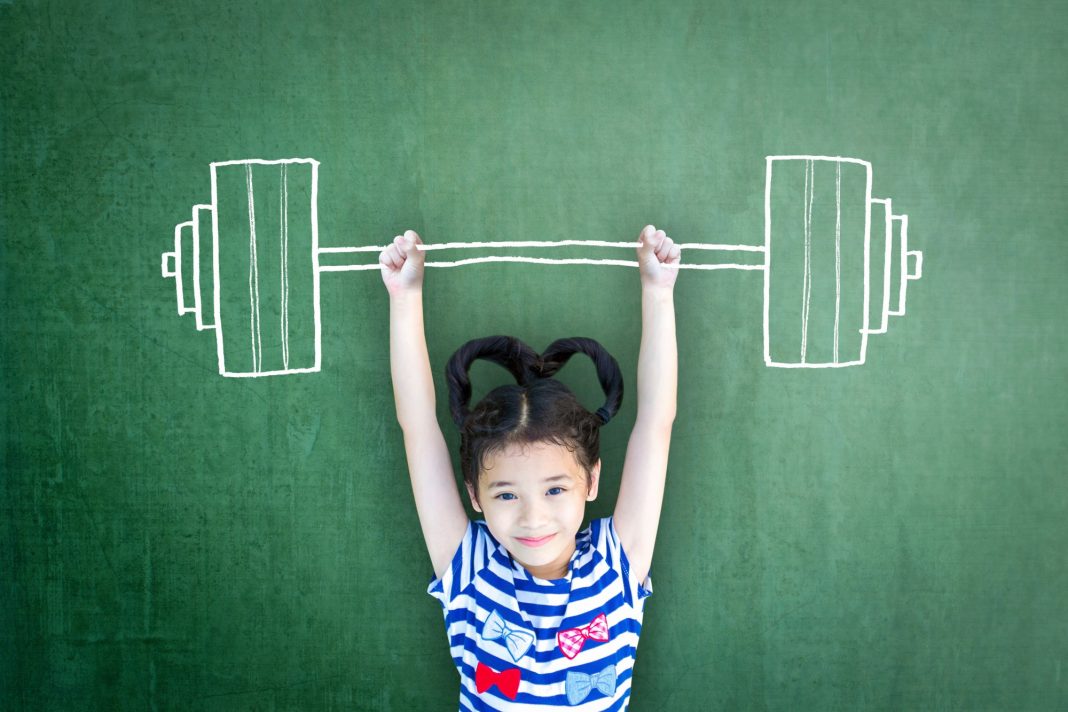According to Cancer Council Victoria around 750 children aged 0-14 years are diagnosed with cancer each year in Australia. While advancements in treatments have led to increasing survival rates, recovery for those who have suffered from childhood cancer can continue long after treatment finishes.
As a by-product of the treatment or cancer itself, childhood cancer survivors may experience health complications down the track, including cardiovascular disease, metabolic syndrome, and obesity, all of which are exacerbated by poor health behaviours.
This means that adopting healthy lifestyle behaviours, like exercising regularly, are important to long-term health.
However, while regular exercise has a positive impact on health outcomes, according to Dr Lauren Ha, Exercise Physiologist and Post-Doctoral Research Fellow in paediatrics in the School of Clinical Medicine at UNSW Medicine and Health, “childhood cancer survivors experience many barriers when it comes to regular physical activity”.
While regular physical activity may not be front-of-mind when going through cancer treatment, the concern here, says Dr Ha, is that this may lead to the development of health problems years down the track, “some of which they won’t experience until they’re in their 30s or 40s”.
“Families are doing their best to care for their child. So, understandably, fitness isn’t always the first thing on the agenda,” Dr Ha said.
However, Dr Ha says, engaging in regular physical activity can help with recovery and reduce the risk of other chronic illnesses.
“Engaging in physical activity is safe and highly beneficial for childhood cancer survivors, regardless of their age, treatments and diagnosis,” Dr Ha said.
Promoting physical activity digitally
One of the barriers to exercise among childhood cancer survivors is access to supportive care, especially for those living in regional or rural areas.
“Getting to a healthcare professional or a hospital or clinic can be extremely difficult and expensive, so digital health is emerging to overcome some of the distance, time and cost barriers many families face,” Dr Ha said.
Utilising digital health technology, Dr Ha sought to investigate how novel technologies can support childhood cancer survivors to become more active and developed an intervention called iBounce.
Supported by The Kids’ Cancer Project, iBounce is a distance-delivered education program that aims to improve survivors’ health knowledge and help them strive toward the recommended physical activity guidelines.
Through 10 self-paced modules, topics such as muscular strength, aerobic fitness and flexibility are explored through bite-sized demonstration videos and exercises designed to get survivors informed and active.
And the intervention has had some positive results.
The results from the pilot study, published in JMIR Cancer, show the program’s promise to engage childhood cancer survivors and their families in healthy lifestyle behaviours.
“iBounce is an accessible tool made for childhood cancer survivors where they can learn about the importance of maintaining good physical health and can participate in physical activity on their schedule,” Dr Ha said.
“It has the potential to educate survivors and their families in positive health behaviours at home, no matter where they reside.”
Thirty participants from Sydney Children’s Hospital undertook the iBounce program in the pilot study, conducted at the height of the Covid-19 pandemic when schools, parks and social sports were closed, and social distancing measures enforced.
Over 12 weeks, the survivors and their families used the program and tracked their physical activity using an activity tracker device.
In the end, participants showed significant improvements in their aerobic fitness.
“We found that their fitness levels improved after completing the 12-week program, showing how physical activity can be done within the home setting with the right support,” Dr Ha said.
“But the improvements in fitness did wane over time, meaning additional booster sessions are likely needed to maintain benefits long-term.”
Dr Ha says the results of the pilot are promising, showcasing the potential of distance-delivered programs to fill the physical health education gap among childhood cancer survivors.
“The digital delivery was found to be feasible, and survivors rated it as highly enjoyable and easy to use,” Dr Ha said.
“Survivors particularly enjoyed completing the physical activities with their family. This highlights that parent support and family involvement are crucial for these young survivors to engage in health behaviours.”
To learn more about iBounce, visit: behaviouralsciencesunit.org/ibounce.html






